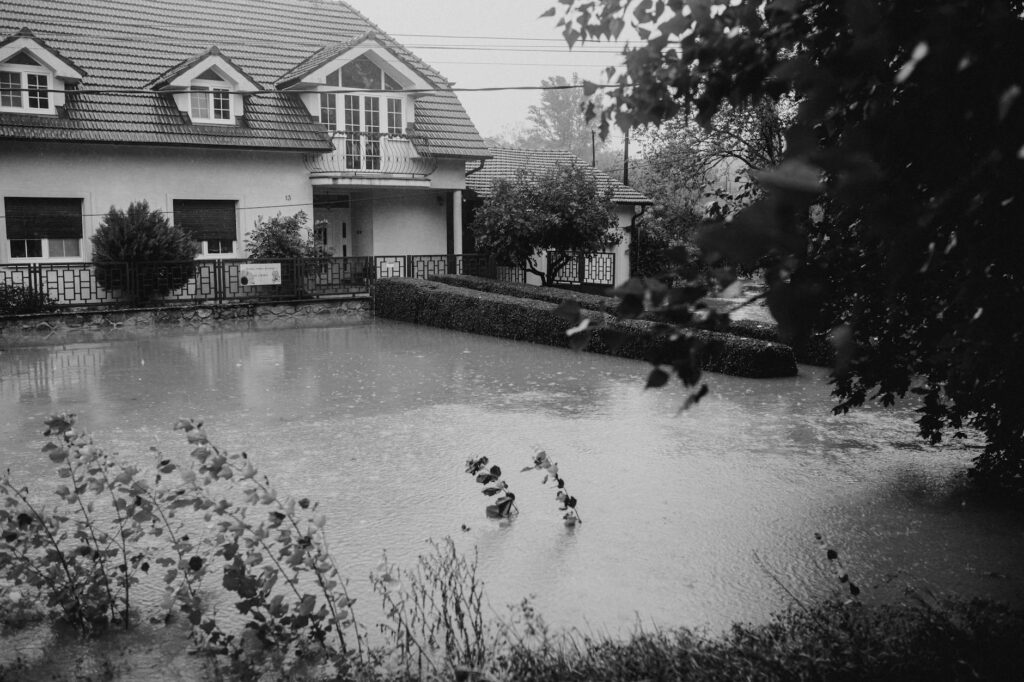Navigating the process of filing a homeowners insurance claim can feel overwhelming, but it doesn’t have to be. By following these seven steps, you can confidently report your damage and begin the recovery process. Remember, thorough documentation is key throughout this entire process.
Step 1: Contact Your Insurance Company Immediately
The sooner you report the incident to your insurance provider, the sooner the claims process can begin. Most companies have a 24/7 claims hotline. Take note of the claim number assigned to you – you’ll need it for all future communication. 
Step 2: Document the Damage
Before anyone starts cleaning up, take photos and videos of the damage from every angle. This visual record will be crucial for your claim. Include close-ups of any damaged areas. Note the extent of the damage to support your claim amount. Check out this helpful guide for documenting property damage.
Step 3: Make Temporary Repairs (If Necessary)
If there is immediate damage that needs addressing to prevent further damage (e.g., a leaking roof), make temporary repairs. Keep all receipts for these repairs as you may be reimbursed. However, avoid significant repairs before the adjuster visits, as this could complicate the claims process. 
Step 4: The Insurance Adjuster’s Visit
Your insurance company will send a claims adjuster to assess the damage. Be prepared to show them your documentation from step 2. Answer all their questions fully and honestly. Learn more about what to expect from an adjuster visit.
Step 5: Submit Your Claim
Once the adjuster completes their assessment, they will submit their findings to the insurance company, which will then prepare a formal claim. Review this claim carefully; ensure the reported damages and the estimated cost of repairs accurately reflect the actual situation. You may be asked to provide additional documentation.
Step 6: Negotiate the Settlement
If you disagree with the insurance company’s initial offer, don’t hesitate to negotiate. Support your position with all your documentation. Here are some tips for negotiating an insurance settlement. Consider seeking advice from a public adjuster if you are facing difficulties.
Step 7: Repairs and Recovery
Once the claim is settled and the funds are released, you can start the repair process. Remember to use licensed and insured contractors and keep all receipts. [IMAGE_3_HERE] After completing repairs, take photos of the completed work. Find reliable contractors in your area.
Filing a homeowners insurance claim can be a complex process, but by carefully following these steps and keeping detailed records, you can make the process smoother and more efficient. Remember, your insurance company is there to help. Don’t be afraid to ask questions and seek clarification.
Frequently Asked Questions
What should I do if my claim is denied? If your claim is denied, carefully review the denial letter, and understand the reason for denial. Gather additional evidence if necessary and consider appealing the decision or seeking legal advice. Learn more about appealing a denied claim here.
How long does the claims process usually take? The timeframe for processing a claim varies depending on the complexity of the damage and the insurance company’s workload. It can range from a few weeks to several months.
What if I have additional questions during the process? Don’t hesitate to contact your insurance company’s claims department. They are your primary resource for questions and updates throughout the process.
What type of documentation should I keep? Keep all communication with your insurance company, photos, videos, repair estimates, and receipts for temporary repairs.
Can I choose my own contractor? Often, you have the option to choose your own contractor, but it’s essential to ensure they’re licensed and insured and to notify your insurance company of your selection.



